When even a rookie nation like the US could do it, why can’t the AIFF professionalise the league in India.
The recent disbanding of Mahindra United is only the latest wake-up call for the mandarins of the All Indian Football Federation (AIFF). In fact, it is widely believed that more clubs can go the Mahindra way if things don’t improve. As it stands, investing in an Indian club today is more an act of charity for the stake holders, as no returns are expected from an average expenditure of Rs6-8 crore.
“The I-League doesn’t give us anything in return. The visibility factor is almost zilch. Hardly anybody comes to watch the matches. The AIFF bosses are simply not interested in improving things,” points out Babu Mather, a consultant with Viva Kerala, the only club in the I-League from the south.
Dr Shaji Prabhakaran of TransStadia, a sports management firm, believes this is where the marketing aspect comes in. “The golden rule of making a venture a success is proper marketing. Unfortunately, the marketing of Indian football hasn’t been up to that mark.”
AIFF’s inability to professionalise the league set-up in the country is ridiculed by many. And to make it worse, the AIFF does little to maintain the available infrastructure. India coach Bob Houghton had recently said, “In my stint here as coach, the most frequently asked question was, ‘when will India play in the World Cup?’ I don’t know when India will play in the World Cup. But I can guarantee you that, given the current infrastructure in the country, India will never make it to the World Cup.”
Perhaps that’s the reason he feels we should take a cue from the US, and bid to host the 2022 World Cup. “The US had the capital required to do something like that. They first hosted the World Cup in 1994, and built world class infrastructure, which was later provided to the clubs,” says former India goalkeeper and Mahindra United’s manager Henry Menezes.
The money they generated from the World Cup was used to develop the league. Big names from the world of football, such as David Beckham and Freddie Ljunberg were roped in to generate interest among the public. And did that work! From being the proverbial whipping boys in the late 1980s and the early 1990s, the US now boasts a team to reckon with.
In the AFC Asian Cup to be held in Qatar in 2011, Indian has been drawn in the group of death — with Asian powerhouse South Korea, Australia and Bahrain. While India may well be the least favoured side of the group, the draw is seen as the break AIFF was desperately seeking to increase curiosity about Indian football.
“Our players will be rubbing shoulders against some of the best in the business. It’s an incredible prospect for us and we have to make the most of it,” says AIFF’s marketing head, Sukhwinder Singh.
Sukhwinder is not new to the game of packaging a product in a way that it appeals the masses. A former head of Nike India, he knows well enough how the Indian mind works.
For a start, Panasonic, the national team jersey sponsors, have shot a 60-second long commercial featuring Indian football stars Bhutia, Dias, NP Pradeep and Mehrajuddin Wadoo, along with actor Ranbir Kapoor and cricketers Gautam Gambhir and Virender Sehwag. This is the first time that Indian football players, barring Bhutia, have been used as ambassadors for a popular brand.
Sukhwinder explains, “Visibility is very important for football — on the pitch as well as off it. Such marketing initiatives will help build the popularity of the players as well as the Indian team.”
And with Indian footballers now getting opportunities on foreign soil, there are glimmerings of hope, however dim. While Sunil Chhetri is settling down at the US’s Major League Soccer team Kansas City Wizards, India goalkeeper Subrata Pal has a trial fixed with Vancouver Whitecaps, and defender Gouramangi Singh is set to try his luck with Australia’s Melbourne Hearts. “All this shows that our players have the potential to compete at the international level. So we all know where the work needs to be done. We need proper finance and right people doing the right job,” Menezes says.
Bhutia sums it up perfectly. “For Indian football to succeed, everyone needs to feel secure. Mahindra’s quitting was round the corner. Let’s learn from this and ensure that others don’t follow the same path. For India to succeed in the sport, clubs have to do well.”
![submenu-img]() Balancing Risk and Reward: Tips and Tricks for Good Mobile Trading
Balancing Risk and Reward: Tips and Tricks for Good Mobile Trading![submenu-img]() Balmorex Pro [Is It Safe?] Real Customers Expose Hidden Dangers
Balmorex Pro [Is It Safe?] Real Customers Expose Hidden Dangers![submenu-img]() Sight Care Reviews (Real User EXPERIENCE) Ingredients, Benefits, And Side Effects Of Vision Support Formula Revealed!
Sight Care Reviews (Real User EXPERIENCE) Ingredients, Benefits, And Side Effects Of Vision Support Formula Revealed!![submenu-img]() Java Burn Reviews (Weight Loss Supplement) Real Ingredients, Benefits, Risks, And Honest Customer Reviews
Java Burn Reviews (Weight Loss Supplement) Real Ingredients, Benefits, Risks, And Honest Customer Reviews![submenu-img]() Gurucharan Singh is still unreachable after returning home, says Taarak Mehta producer Asit Modi: 'I have been trying..'
Gurucharan Singh is still unreachable after returning home, says Taarak Mehta producer Asit Modi: 'I have been trying..'![submenu-img]() RBSE 12th Result 2024 Live Updates: Rajasthan Board Class 12 results DECLARED, get direct link here
RBSE 12th Result 2024 Live Updates: Rajasthan Board Class 12 results DECLARED, get direct link here![submenu-img]() IIT graduate Indian genius ‘solved’ 161-year old maths mystery, left teaching to become CEO of…
IIT graduate Indian genius ‘solved’ 161-year old maths mystery, left teaching to become CEO of…![submenu-img]() RBSE 12th Result 2024 Live Updates: Rajasthan Board Class 12 results to be announced soon, get direct link here
RBSE 12th Result 2024 Live Updates: Rajasthan Board Class 12 results to be announced soon, get direct link here![submenu-img]() Meet doctor who cracked UPSC exam to become IAS officer but resigned after few years due to...
Meet doctor who cracked UPSC exam to become IAS officer but resigned after few years due to...![submenu-img]() IIT graduate gets job with Rs 45 crore salary package, fired after few years, buys Narayana Murthy’s…
IIT graduate gets job with Rs 45 crore salary package, fired after few years, buys Narayana Murthy’s…![submenu-img]() DNA Verified: Is CAA an anti-Muslim law? Centre terms news report as 'misleading'
DNA Verified: Is CAA an anti-Muslim law? Centre terms news report as 'misleading'![submenu-img]() DNA Verified: Lok Sabha Elections 2024 to be held on April 19? Know truth behind viral message
DNA Verified: Lok Sabha Elections 2024 to be held on April 19? Know truth behind viral message![submenu-img]() DNA Verified: Modi govt giving students free laptops under 'One Student One Laptop' scheme? Know truth here
DNA Verified: Modi govt giving students free laptops under 'One Student One Laptop' scheme? Know truth here![submenu-img]() DNA Verified: Shah Rukh Khan denies reports of his role in release of India's naval officers from Qatar
DNA Verified: Shah Rukh Khan denies reports of his role in release of India's naval officers from Qatar![submenu-img]() DNA Verified: Is govt providing Rs 1.6 lakh benefit to girls under PM Ladli Laxmi Yojana? Know truth
DNA Verified: Is govt providing Rs 1.6 lakh benefit to girls under PM Ladli Laxmi Yojana? Know truth![submenu-img]() Urvashi Rautela mesmerises in blue celestial gown, her dancing fish necklace steals the limelight at Cannes 2024
Urvashi Rautela mesmerises in blue celestial gown, her dancing fish necklace steals the limelight at Cannes 2024![submenu-img]() Kiara Advani attends Women In Cinema Gala in dramatic ensemble, netizens say 'who designs these hideous dresses'
Kiara Advani attends Women In Cinema Gala in dramatic ensemble, netizens say 'who designs these hideous dresses'![submenu-img]() Influencer Diipa Büller-Khosla looks 'drop dead gorgeous' in metallic structured dress at Cannes 2024
Influencer Diipa Büller-Khosla looks 'drop dead gorgeous' in metallic structured dress at Cannes 2024![submenu-img]() Kiara Advani stuns in Prabal Gurung thigh-high slit gown for her Cannes debut, poses by the French Riviera
Kiara Advani stuns in Prabal Gurung thigh-high slit gown for her Cannes debut, poses by the French Riviera![submenu-img]() Heeramandi star Taha Shah Badussha makes dashing debut at Cannes Film Festival, fans call him ‘international crush’
Heeramandi star Taha Shah Badussha makes dashing debut at Cannes Film Festival, fans call him ‘international crush’![submenu-img]() Haryana Political Crisis: Will 3 independent MLAs support withdrawal impact the present Nayab Saini led-BJP government?
Haryana Political Crisis: Will 3 independent MLAs support withdrawal impact the present Nayab Saini led-BJP government?![submenu-img]() DNA Explainer: Why Harvey Weinstein's rape conviction was overturned, will beleaguered Hollywood mogul get out of jail?
DNA Explainer: Why Harvey Weinstein's rape conviction was overturned, will beleaguered Hollywood mogul get out of jail?![submenu-img]() What is inheritance tax?
What is inheritance tax?![submenu-img]() DNA Explainer: What is cloud seeding which is blamed for wreaking havoc in Dubai?
DNA Explainer: What is cloud seeding which is blamed for wreaking havoc in Dubai?![submenu-img]() DNA Explainer: What is Israel's Arrow-3 defence system used to intercept Iran's missile attack?
DNA Explainer: What is Israel's Arrow-3 defence system used to intercept Iran's missile attack?![submenu-img]() Gurucharan Singh is still unreachable after returning home, says Taarak Mehta producer Asit Modi: 'I have been trying..'
Gurucharan Singh is still unreachable after returning home, says Taarak Mehta producer Asit Modi: 'I have been trying..'![submenu-img]() ‘Jo mujhse bulwana chahte ho…’: Angry Dharmendra lashes out after casting his vote in Lok Sabha Elections 2024
‘Jo mujhse bulwana chahte ho…’: Angry Dharmendra lashes out after casting his vote in Lok Sabha Elections 2024![submenu-img]() Deepika Padukone spotted with her baby bump as she steps out with Ranveer Singh to cast her vote in Lok Sabha elections
Deepika Padukone spotted with her baby bump as she steps out with Ranveer Singh to cast her vote in Lok Sabha elections![submenu-img]() Jr NTR surprises fans on birthday, announces NTR 31 with Prashanth Neel, shares details
Jr NTR surprises fans on birthday, announces NTR 31 with Prashanth Neel, shares details ![submenu-img]() 86-year-old Shubha Khote wins hearts by coming out to cast her vote in Lok Sabha elections, says meant to inspire voters
86-year-old Shubha Khote wins hearts by coming out to cast her vote in Lok Sabha elections, says meant to inspire voters![submenu-img]() Watch viral video: Man gets attacked after trying to touch ‘pet’ cheetah; netizens react
Watch viral video: Man gets attacked after trying to touch ‘pet’ cheetah; netizens react![submenu-img]() Real story of Lahore's Heermandi that inspired Netflix series
Real story of Lahore's Heermandi that inspired Netflix series![submenu-img]() 12-year-old Bengaluru girl undergoes surgery after eating 'smoky paan', details inside
12-year-old Bengaluru girl undergoes surgery after eating 'smoky paan', details inside![submenu-img]() Viral video: Pakistani man tries to get close with tiger and this happens next
Viral video: Pakistani man tries to get close with tiger and this happens next![submenu-img]() Owl swallows snake in one go, viral video shocks internet
Owl swallows snake in one go, viral video shocks internet




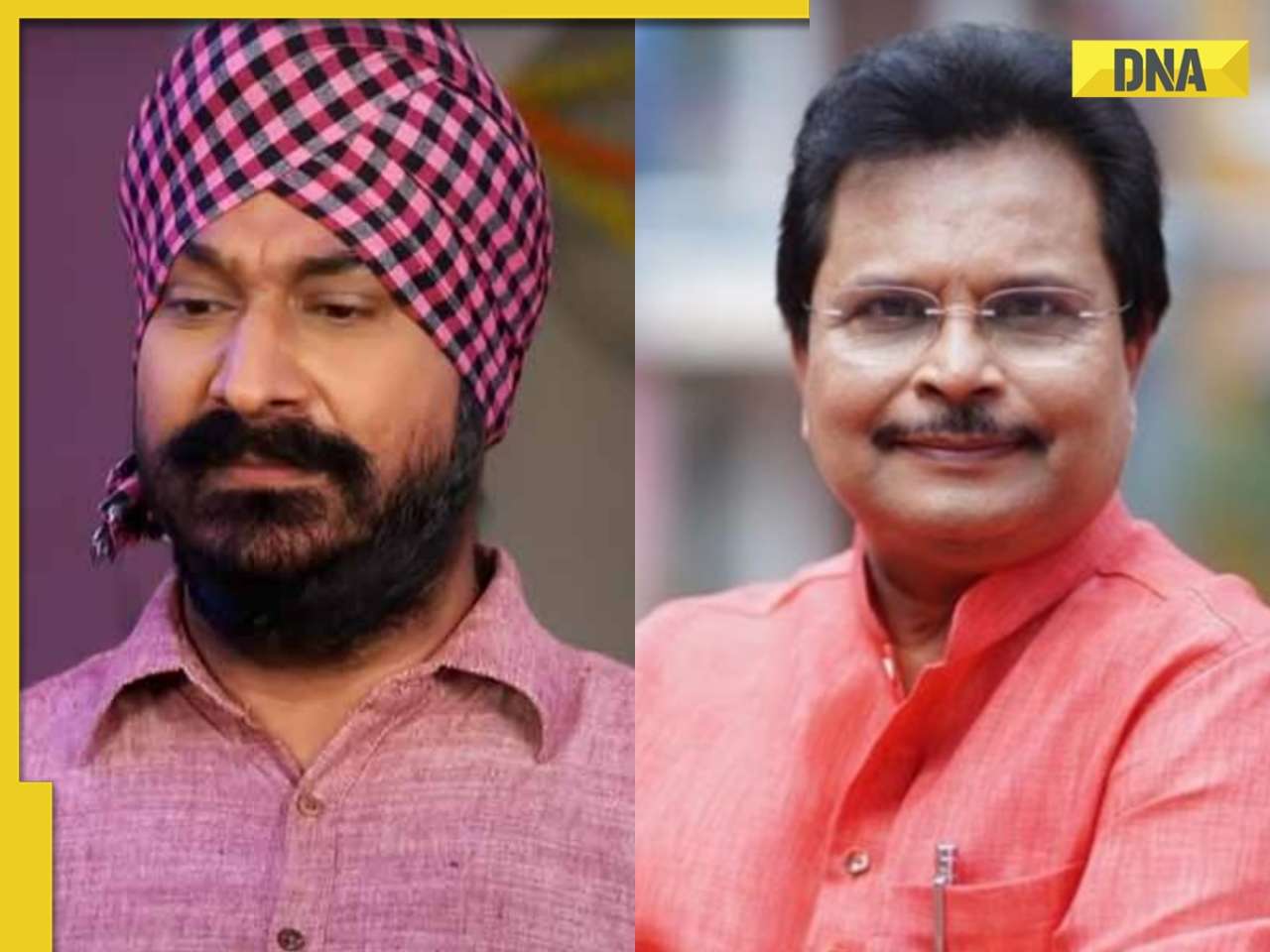





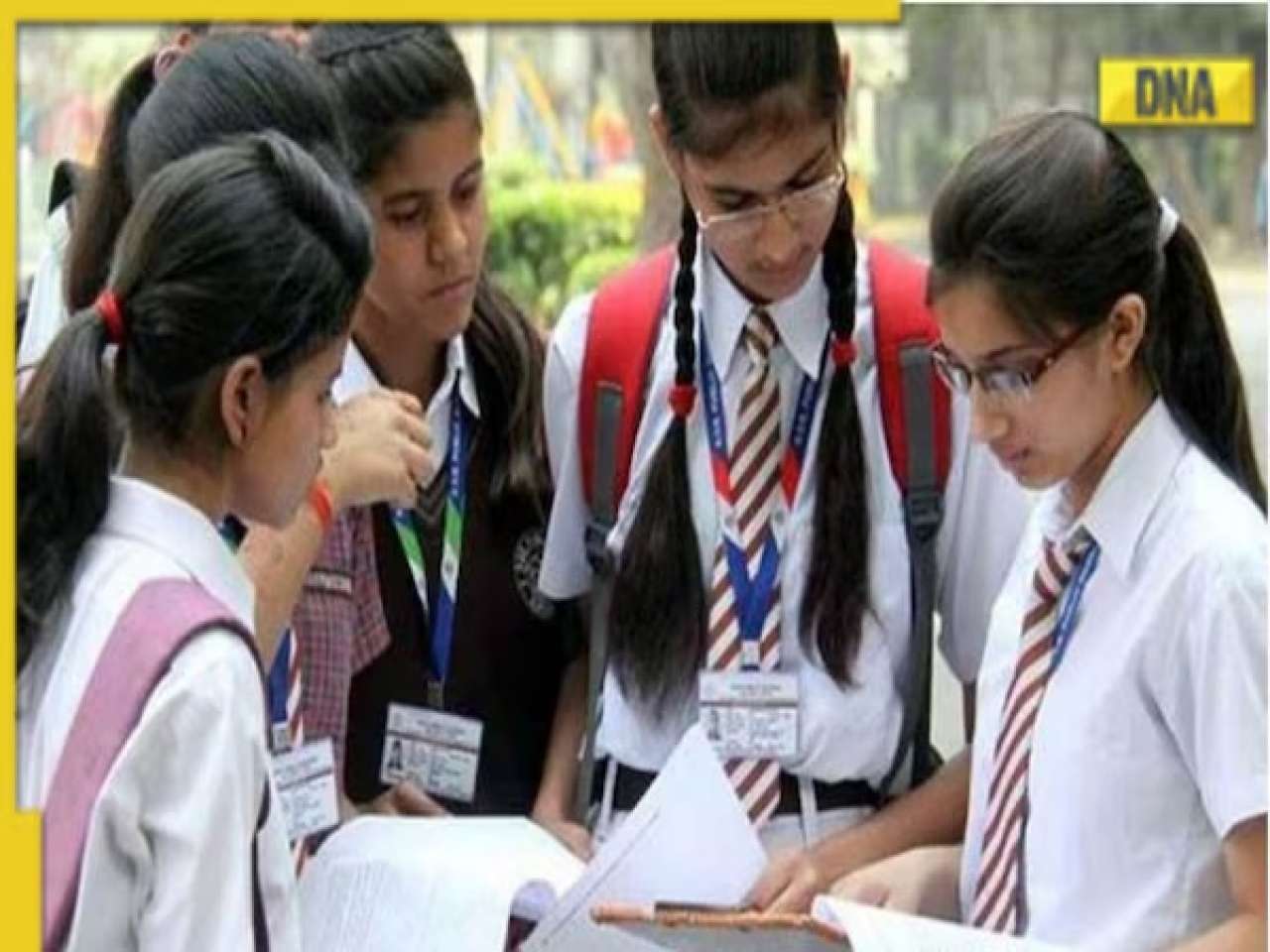

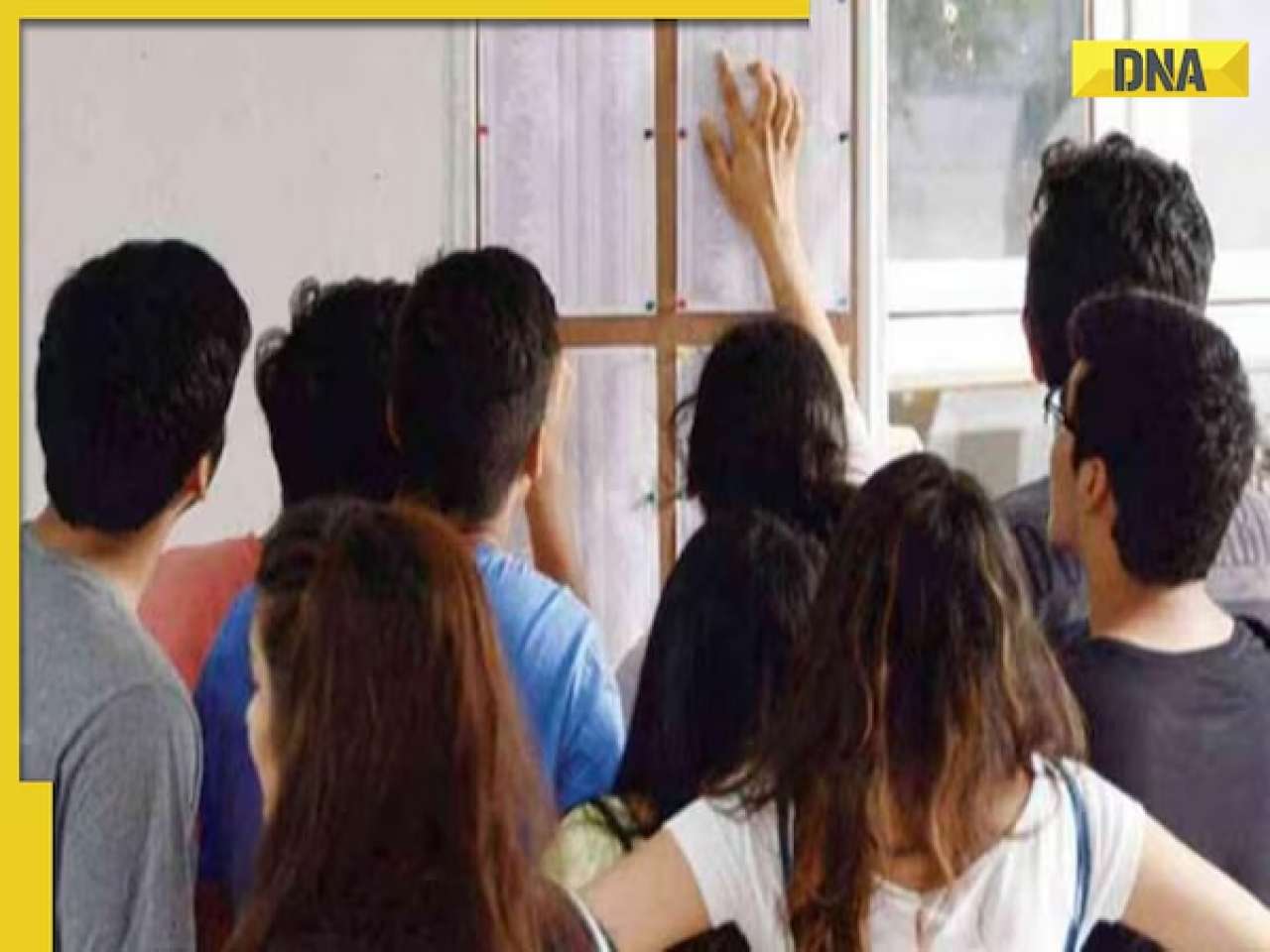
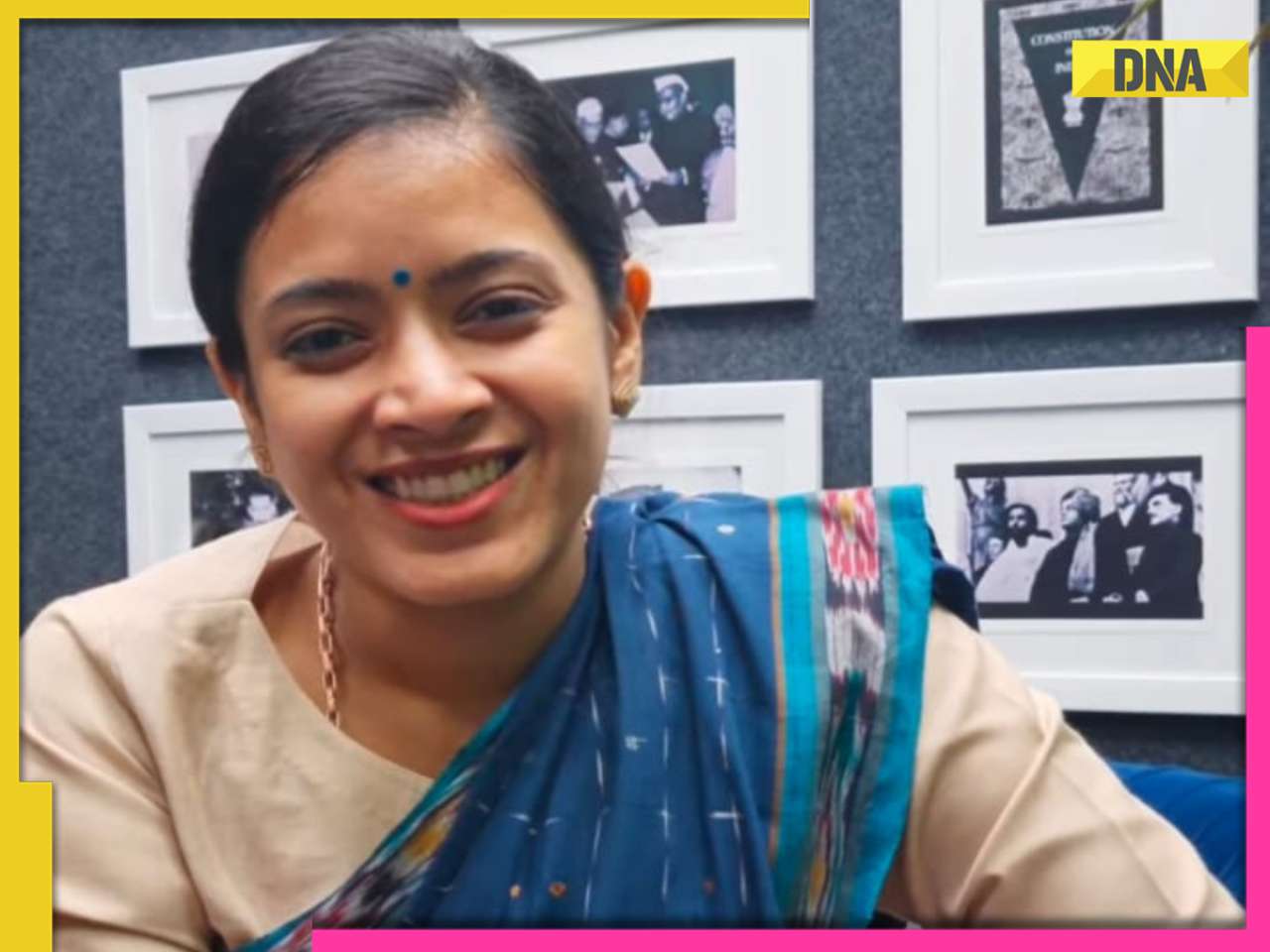



















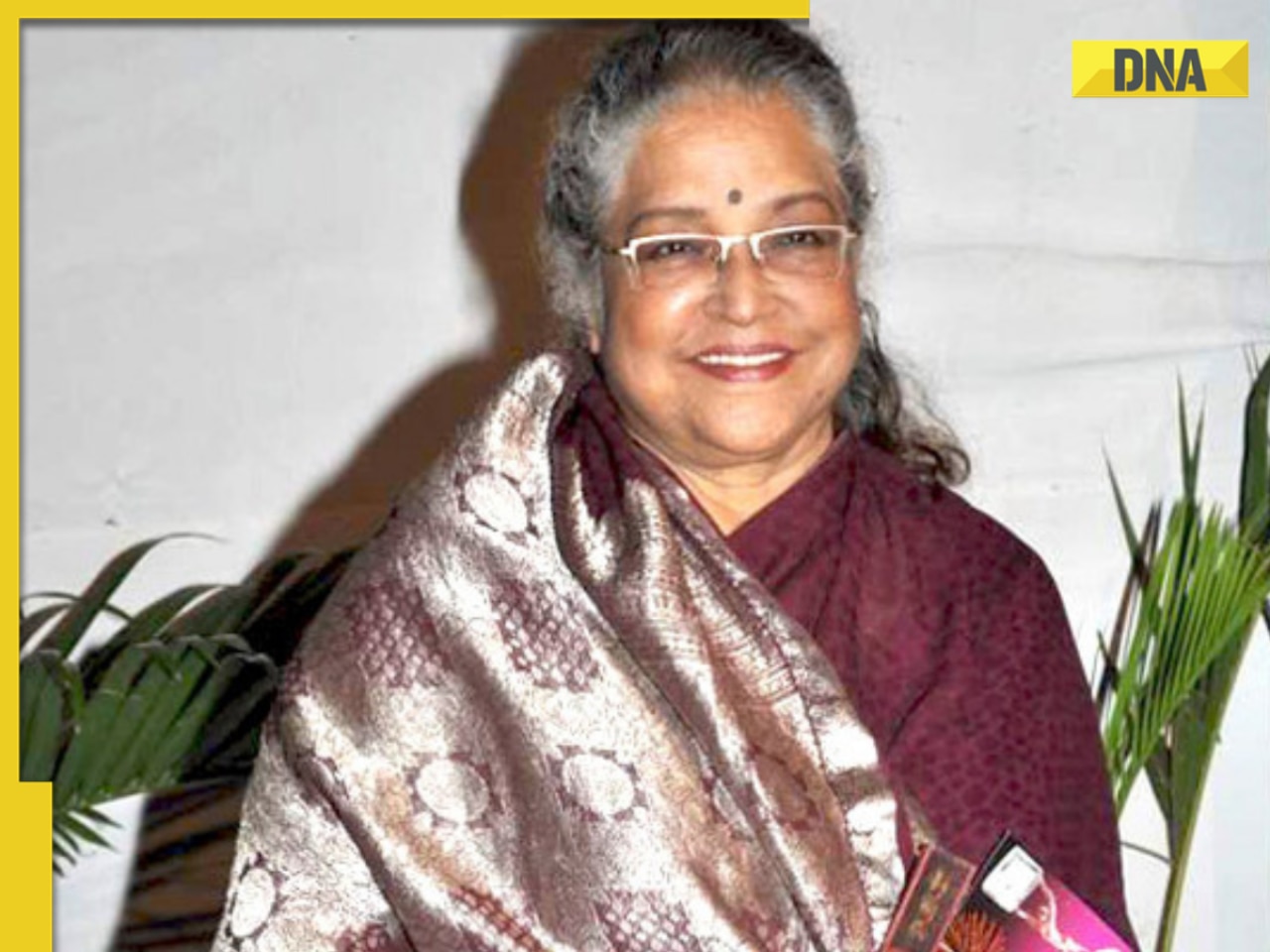

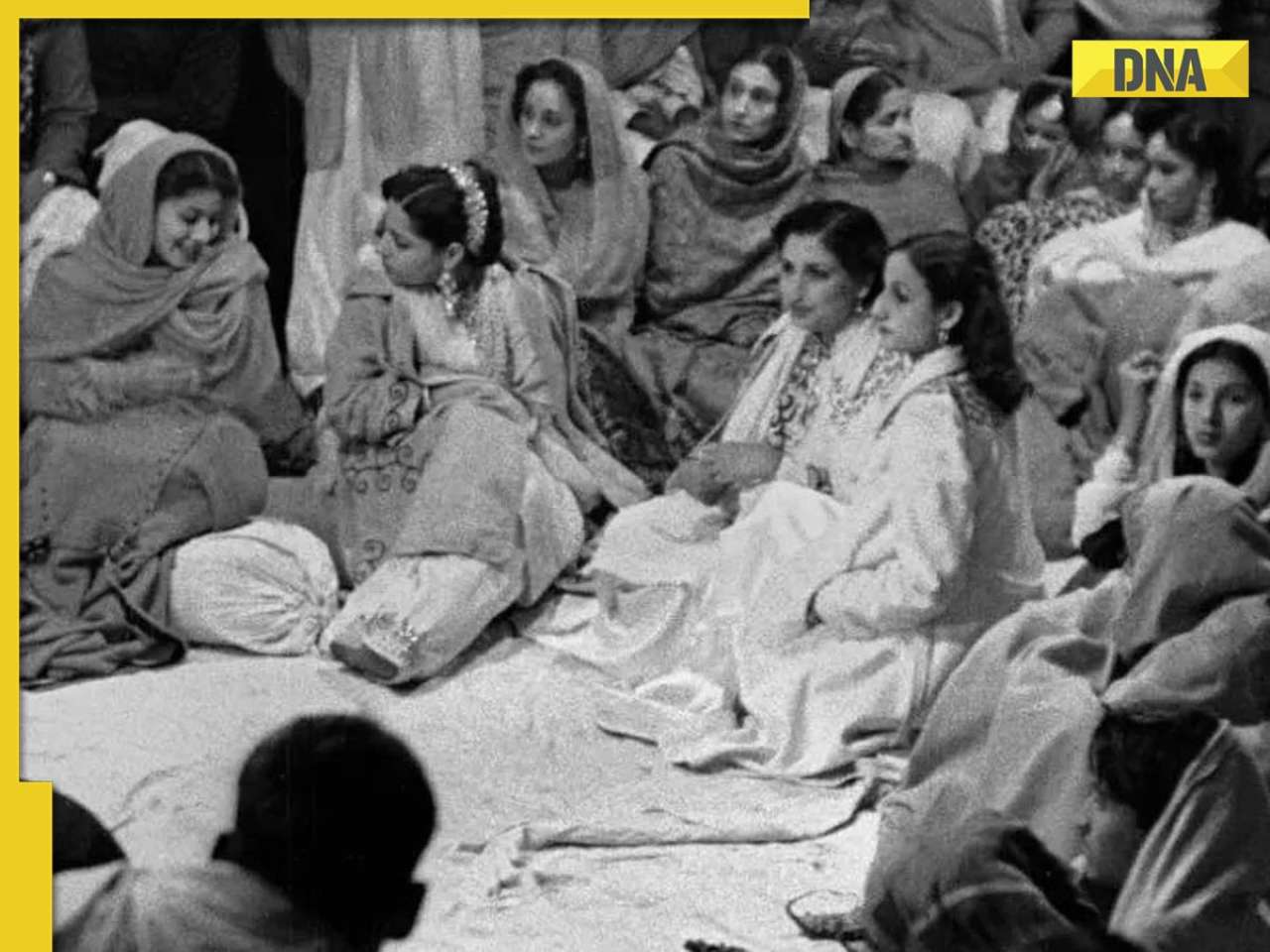






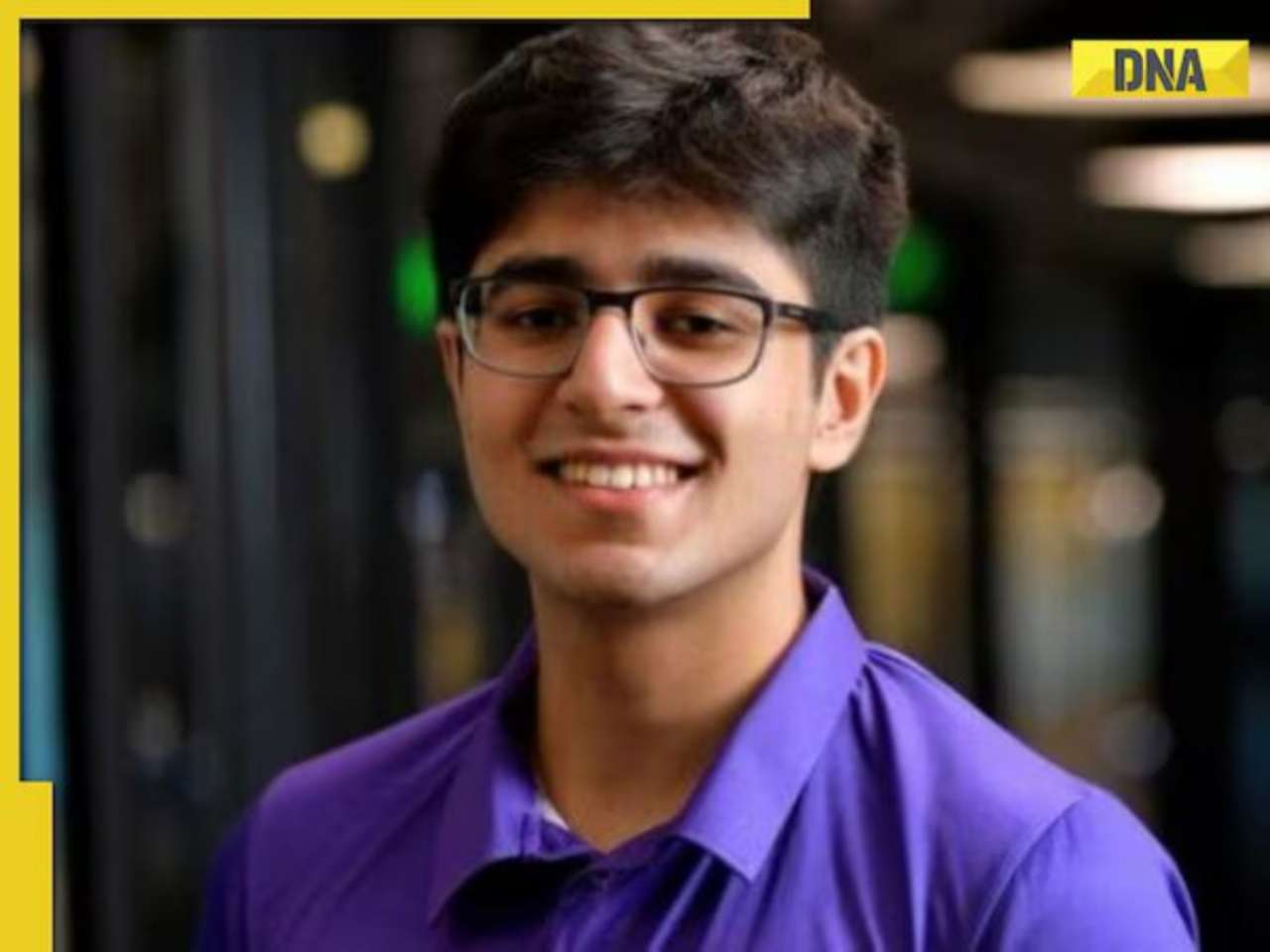


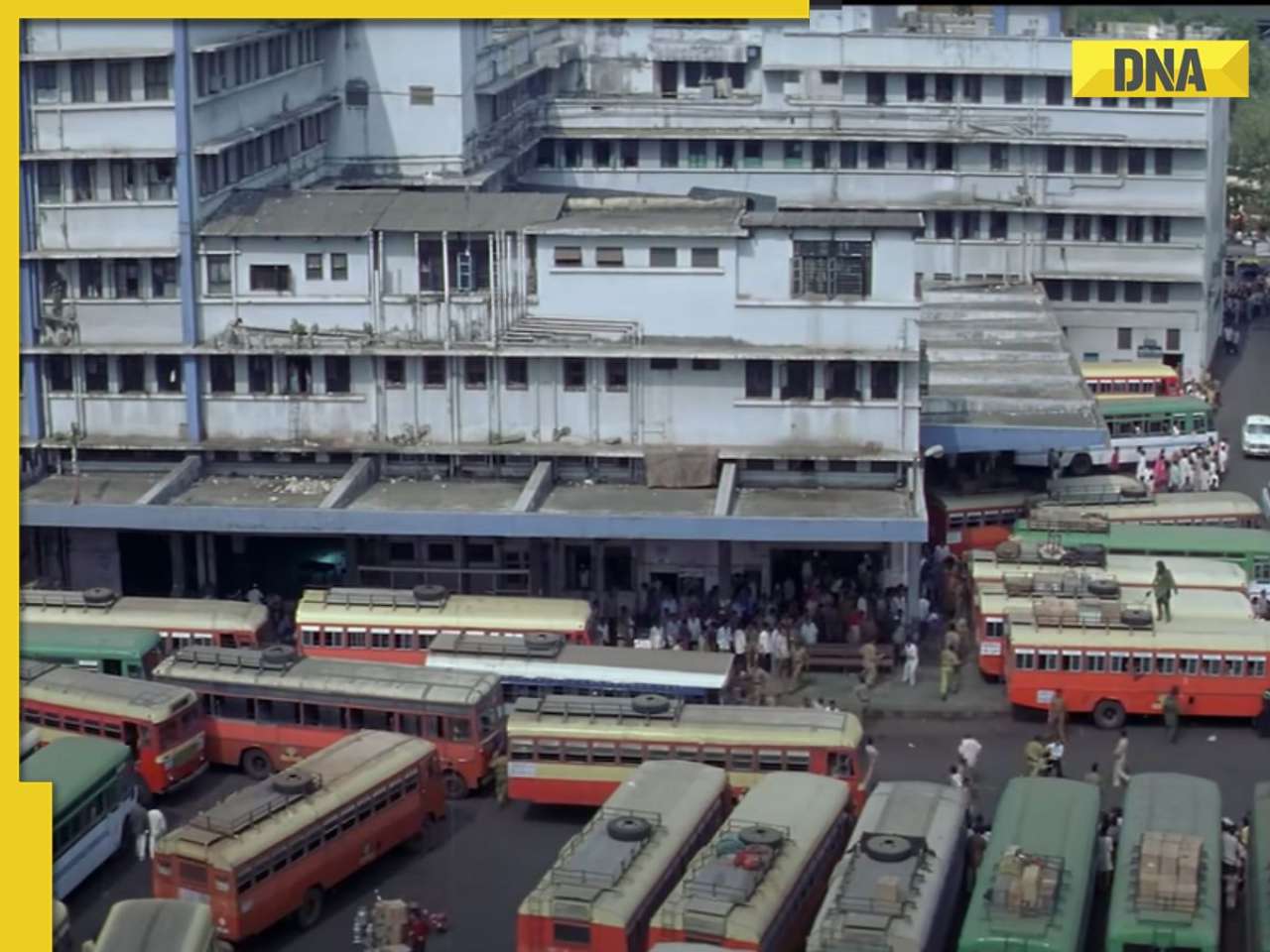
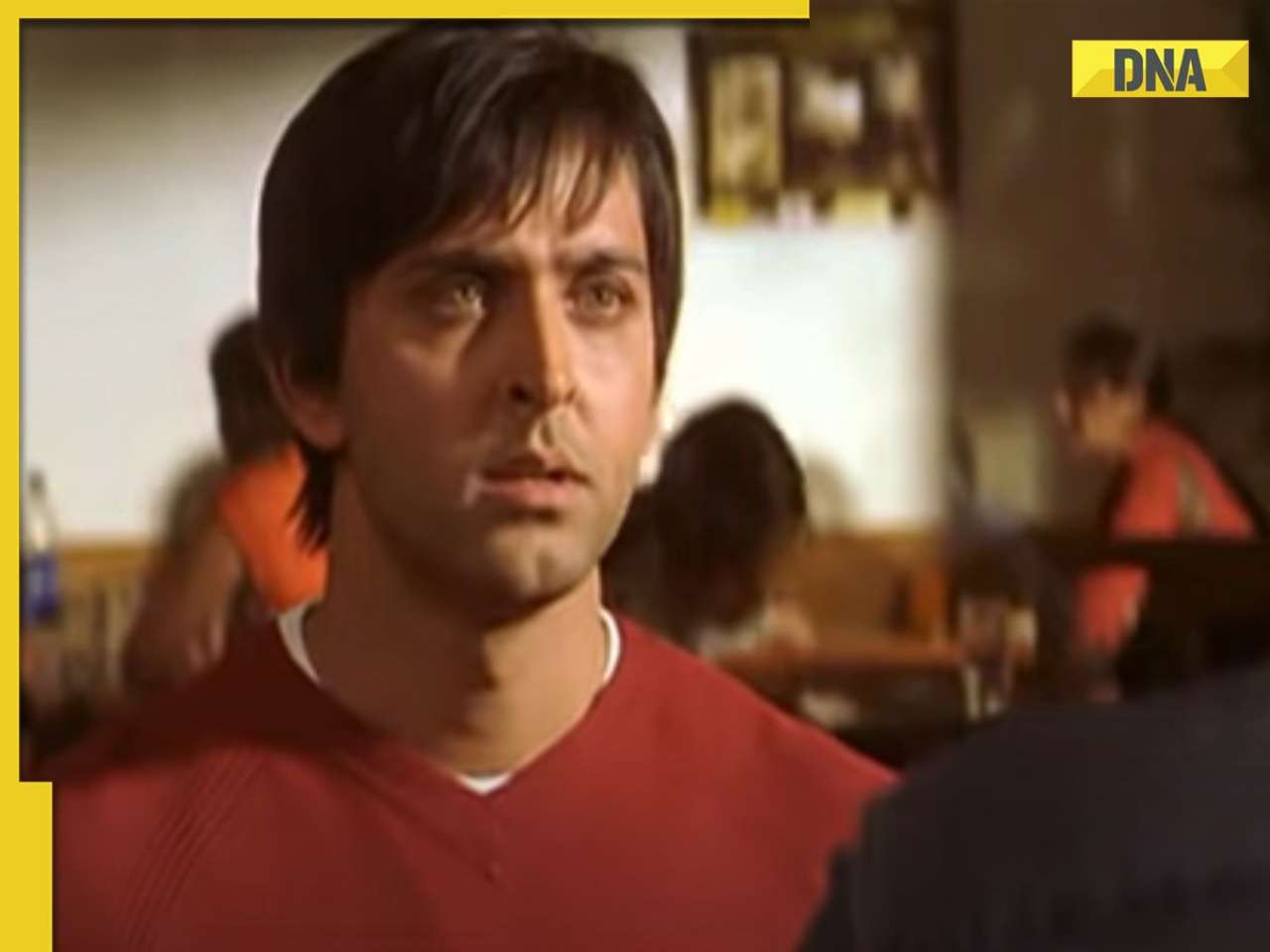



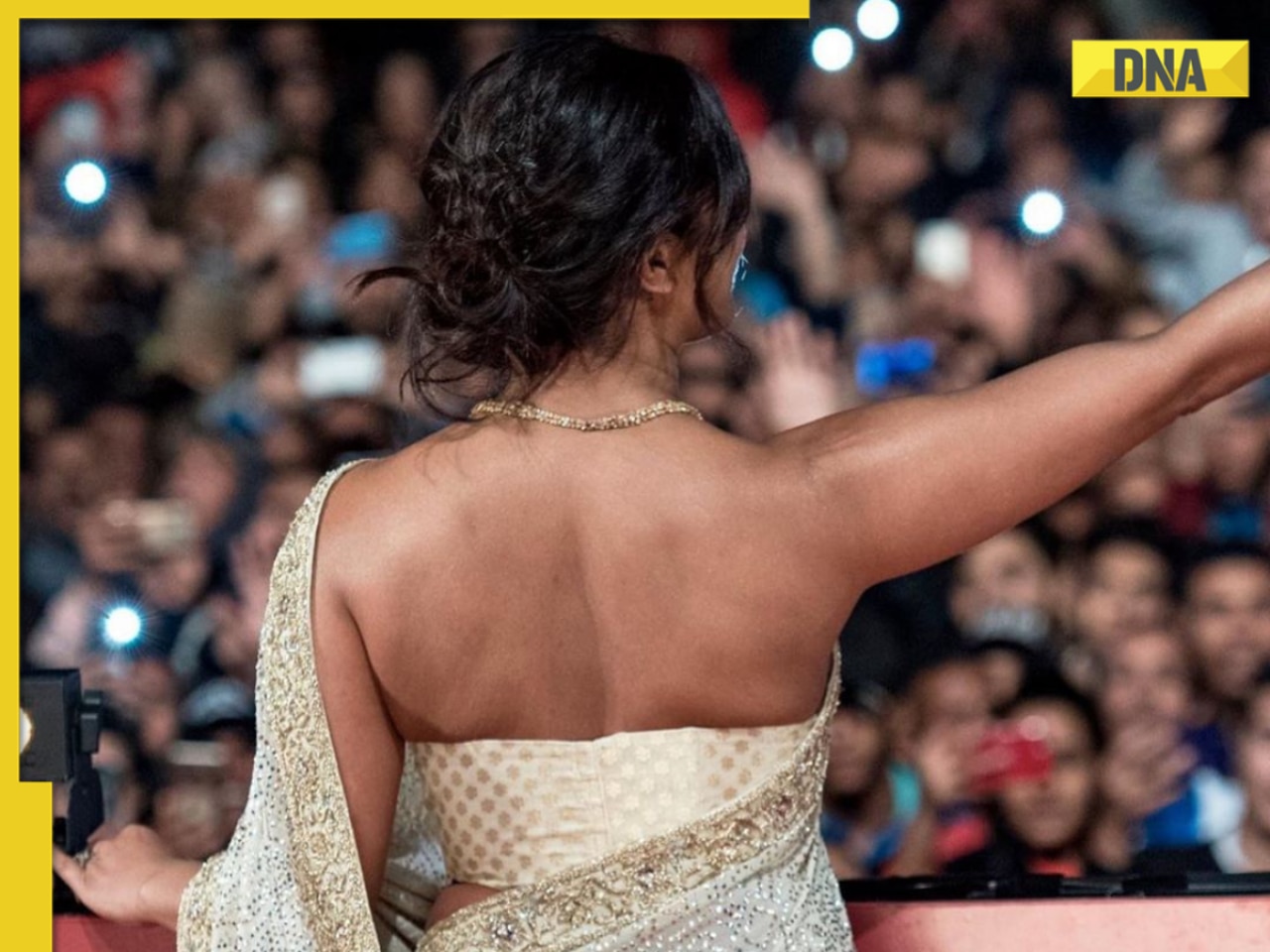






)
)
)
)
)
)